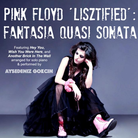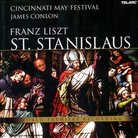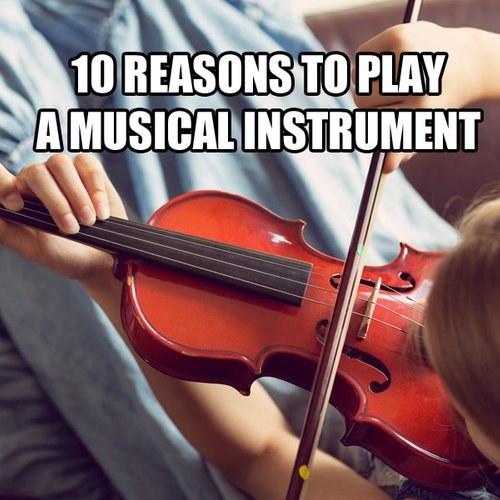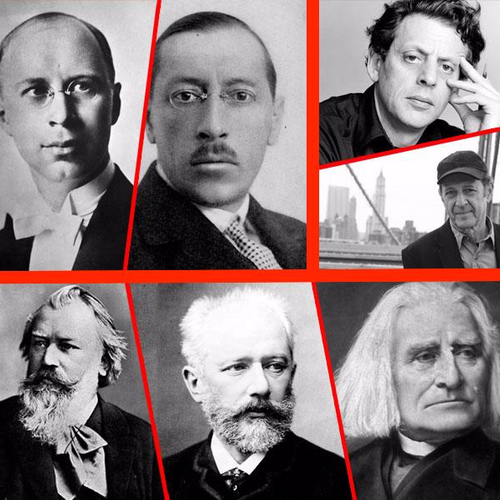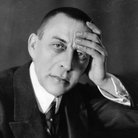Cartoonist breaks down how a whole generation learned classical music from watching old cartoons
26 July 2022, 10:49
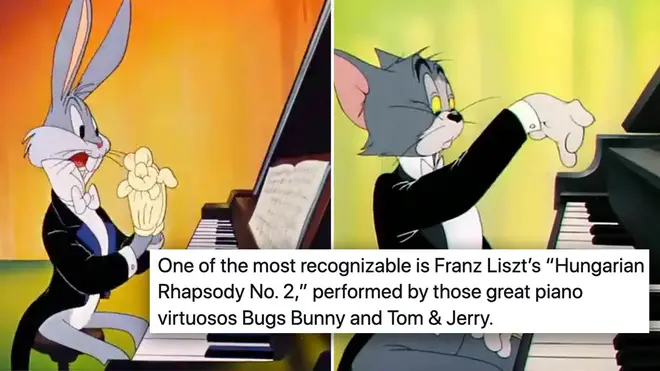
For those whose childhoods are inextricably linked with Bugs Bunny’s virtuoso pianism, take a trip down memory lane with this brilliant Twitter thread.
“Lots of us learned classical music from watching old cartoons, so I’m going to identify the pieces that frequently popped up,” cartoonist Vincent Alexander begins his Twitter thread.
It’s an unlikely pairing, but – from Rhapsody Rabbit to The Cat Concerto – one that helped Warner Bros and Looney Tunes perfectly capture some of the best slapstick moments in cartoon history.
Vincent Alexander is a cartoonist and animator, whose most famous creation is superhero cartoon Musical Man and the Magic Kazoo. And his thread, which remembers the most iconic marriages of cartoon animals and classical melodies, has now reached millions of eyeballs around the world, reminding a whole generation of how the magic of Liszt and Mozart came into their lives through the small screen.
Enjoy...
Read more: Lang Lang sees characters in music, ‘Bach is a Transformer, Mozart is Mickey Mouse!’ >
I don’t know who can listen to the famous opera “The Barber of Seville” by Gioachino Rossini without thinking of Bugs Bunny. The way director Chuck Jones synchronizes the slapstick action to the soundtrack is flat-out masterful. pic.twitter.com/t58QbRsmmw
— Vincent Alexander (@NonsenseIsland) March 1, 2021
You may not know Franz Schubert’s “Der Erlkönig” by name, you’ll know it when you hear it, thanks to Looney Tunes cartoons. It was written about a supernatural king of the fairies, but WB composer Carl Stalling would always pull it out to underscore a villain’s entrance. pic.twitter.com/BBLcZG04eE
— Vincent Alexander (@NonsenseIsland) March 1, 2021
“The Light Cavalry Overture” by Austrian composer Franz von Suppé was most memorably used in the Mickey Mouse short SYMPHONY HOUR, probably Disney’s funniest cartoon ever, where Goofy breaks all the instruments and the orchestra has to play a wacky Spike Jones-esque rendition. pic.twitter.com/Wr73FMzVYT
— Vincent Alexander (@NonsenseIsland) March 1, 2021
Bugs Bunny famously conducted Franz von Suppé’s “Morning, Noon and Night in Vienna” in the classic BATON BUNNY. This cartoon has been screened with live orchestral accompaniment on Broadway, at the Hollywood Bowl, and the Royal Festival Hall for the royal family. pic.twitter.com/8BAe7JgO8b
— Vincent Alexander (@NonsenseIsland) March 1, 2021
A CORNY CONCERTO, Bob Clampett’s hilarious spoof of Disney’s FANTASIA, brilliantly sets a violent Bugs Bunny chase to Johann Strauss’s peaceful “Tales from the Vienna Woods.” You can make any classical piece better by adding the “b-b-b-b-b” noise. pic.twitter.com/QxHovunpUM
— Vincent Alexander (@NonsenseIsland) March 1, 2021
“Die Fledermaus” by Johann Strauss served as the entire basis for the 1950 MGM short TOM AND JERRY IN THE HOLLYWOOD BOWL. As with several Bugs Bunny shorts, this film later was actually screened at the Hollywood Bowl, with live orchestrations to go with it. pic.twitter.com/gJYRQznPR4
— Vincent Alexander (@NonsenseIsland) March 1, 2021
Some pieces are ONLY famous due to their use in cartoons. I could find almost no information on Arthur A. Penn’s 1907 piece “Carissima,” but cartoon fans will remember its inclusion in this hilarious bit from the Sylvester cartoon BACK ALLEY OPROAR. pic.twitter.com/8RUXwkDNPk
— Vincent Alexander (@NonsenseIsland) March 1, 2021
It's strange to be intimately familiar with a piece of music without ever actually knowing what it is. This piece is called "Sextet from Lucia di Lammermoor" by Gaetano Donizetti, but to me it will be "the one where Bugs Bunny ruins that guy's opera." pic.twitter.com/hb7P5IcmqH
— Vincent Alexander (@NonsenseIsland) March 1, 2021
A Mendelssohn piece that you hear constantly in classic cartoons, and even more recent ones like REN & STIMPY and SPONGEBOB, is "Frühlingslied (Spring Song)," which is used to denote peace and tranquility. This is my favorite instance, from the first Ralph Wolf-Sam Sheepdog film. pic.twitter.com/XJjup7nWU7
— Vincent Alexander (@NonsenseIsland) March 1, 2021
Another Chopin piece everybody knows from cartoons is "Funeral March," which plays when a character dies or is about to die, as in this memorable bit from the Merrie Melodies short BARS AND STRIPES FOREVER. pic.twitter.com/LjJYPXT3u1
— Vincent Alexander (@NonsenseIsland) March 1, 2021
French composer François-Joseph Gossec was influential in his era, but isn't terribly well-known today. But I think you might recognize his "Gavotte," which was used to underscore something pleasant or dainty (usually ironically) in Warner Bros. cartoons. pic.twitter.com/WI601SpKiD
— Vincent Alexander (@NonsenseIsland) March 1, 2021
The surest way to get a cartoon character to fall asleep is to sing them "Brahms' Lullaby." Also be sure to throw the phrase "close your big bloodshot eyes" in there somewhere. pic.twitter.com/dR8KSnmRav
— Vincent Alexander (@NonsenseIsland) March 1, 2021
Beethoven's Fifth was used in World War II cartoons for a very specific reason: the Morse Code for "V" is dot-dot-dot-dash, and so the similar motif from the Beethoven piece symbolized "V for Victory" to wartime audiences. pic.twitter.com/lzigsdTCsf
— Vincent Alexander (@NonsenseIsland) March 1, 2021
(I should add as a bit of shameless self-promotion that I used Beethoven's "Adagio Cantabile" from "Sonata Pathétique No. 8, op. 13" in my cartoon MUSICAL MAN AND THE MAGIC KAZOO.) pic.twitter.com/yfT0kV9Twd
— Vincent Alexander (@NonsenseIsland) March 1, 2021
Disney is associated with wholesome family entertainment nowadays, but the studio’s earliest Silly Symphonies focused on dancing skeletons and demons cavorting in the fiery pit of Hell, backed up by macabre melodies from Norwegian composer Edvard Grieg. pic.twitter.com/ega0CkHyJU
— Vincent Alexander (@NonsenseIsland) March 1, 2021
Read more about five iconic times Disney took on classical music.



